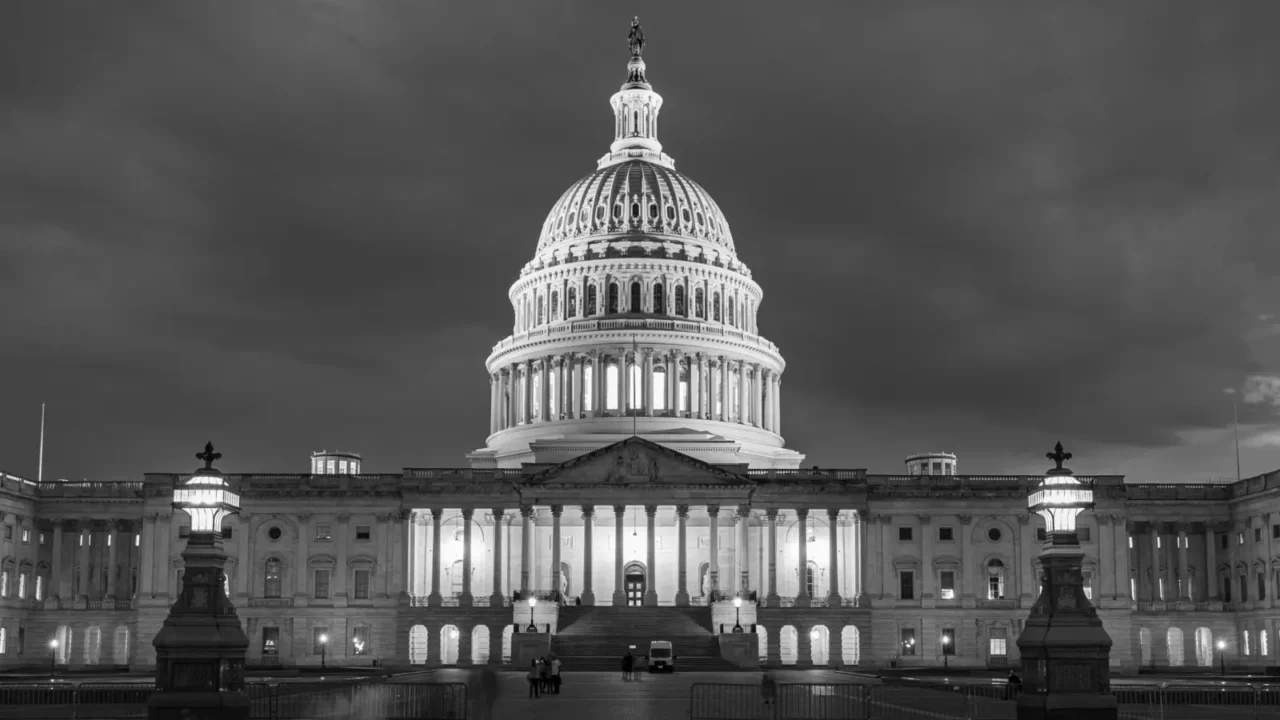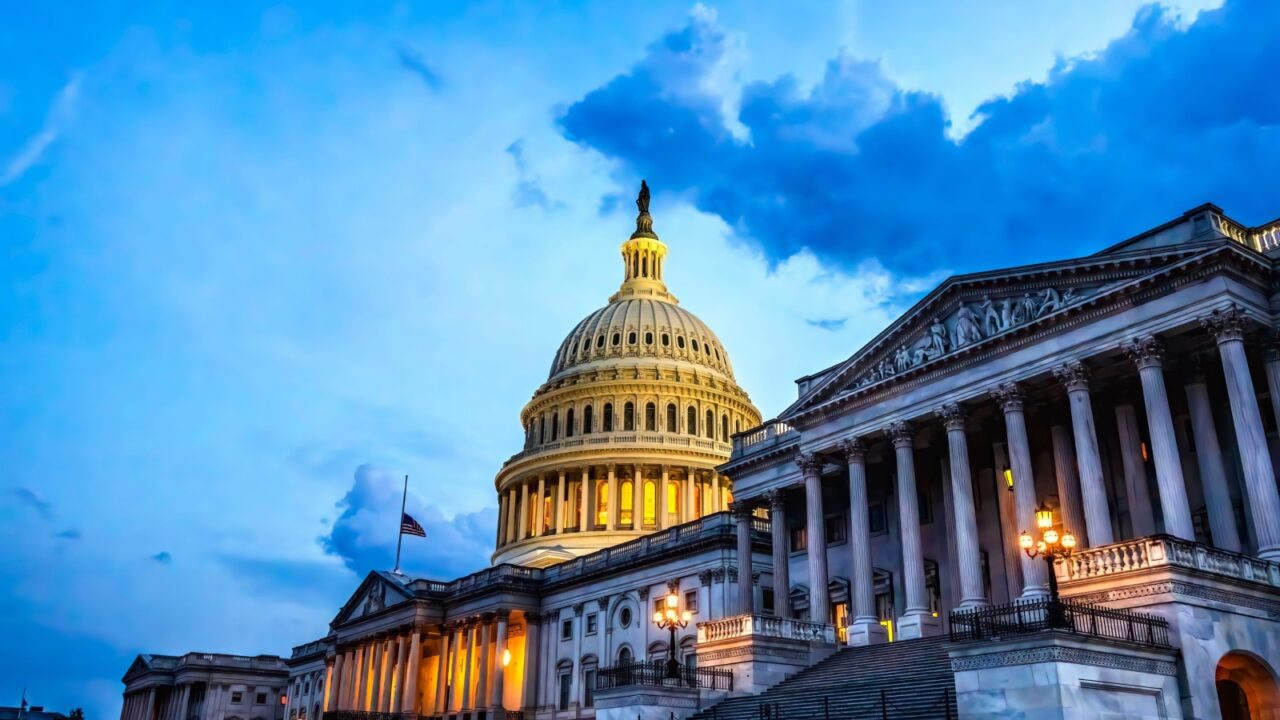The point of contracts is to create certainty to avoid litigated or arbitrated disputes. Still, the various parties in the construction process may have different risk tolerances. For example, general contractors are often characterized as “risk-tolerant.” That risk, though, is usually calculated by the contractor internally, outside the terms of the written contract, based on an assumption that the contractor can get the work done more cheaply and more quickly than the owner anticipated. Project owners typically want and expect close-to-absolute certitude—absolutely as to cost—in their construction contracts. The standard fixed-price or lump-sum construction contract is geared toward protecting that interest.
Post-COVID-19, however, the discussion in the industry suggests that all bets are off when pricing and agreeing to construction work. Labor and materials shortages have sent owners and their design consultants backpedaling when general contractors pursuing a fixed-price contract seek contractual concessions that “un-fix” the price.
Despite these new uncertainties, standard form construction contracts historically have not taken into account price escalations for labor and materials or even safety measures. Standard force majeure clauses—sought to be invoked by contractors in COVID-19-era contracts—typically don’t meet the contractor’s need. For example, the closest thing to a force majeure clause in the AIA general conditions (A201-2017) is at section 8.3.1 of that document, which speaks principally in terms of “delay”—and then only limited types of delay, such as labor disputes and “unusual delays in delivery” (although also including “other causes beyond the contractor’s control”).
Best practices on post-COVID-19 escalation clauses are still developing, and, as a result, owners are still reticent to agree to escalation provisions. To help bridge that gap, so that an owner might be persuaded to consider escalation, useful, evenhanded inclusions in such a clause may be:
- Setting a percentage or other appropriate threshold under after which the escalation clause is triggered;
- A provision for the contractor to provide in advance of the execution of the contract an enumeration of materials or labor that the contractor believes may escalate, setting forth estimated costs at the time of entering the agreement (this can be attached as an exhibit to the contract);
- An agreement by the contractor to provide reasonable evidence of the steps undertaken by the contractor to avoid an eventual cost escalation;
- Allowing the owner to inspect the books and records of the contractor concerning cost escalation items;
- An opportunity for the owner to value engineer around the escalation items;
- A limitation on profit/markup to the contractor for the increased cost items; and
- A requirement that the escalation proceed through the ordinary change order process (which typically portends finality as to the item).
Adding more detail to the construction contract to address other potentially claimable cost items related to COVID-19 safety should also be considered, for example, in regard to:
- The cost of personal protective equipment and washing stations;
- Costs associated with the inability of a contractor to share equipment because of health concerns/social distancing; and
- The cost of project health screening.
The foregoing doesn’t even touch the issue of delay facing the parties, for example, because of sheer work backlog for contractors. That supply and demand issue will, undoubtedly, drive negotiations on many of the items above. However, as always, even if “you can’t always get what you want,” the only way you’re going to “get what you need” is if you know what you are getting.







